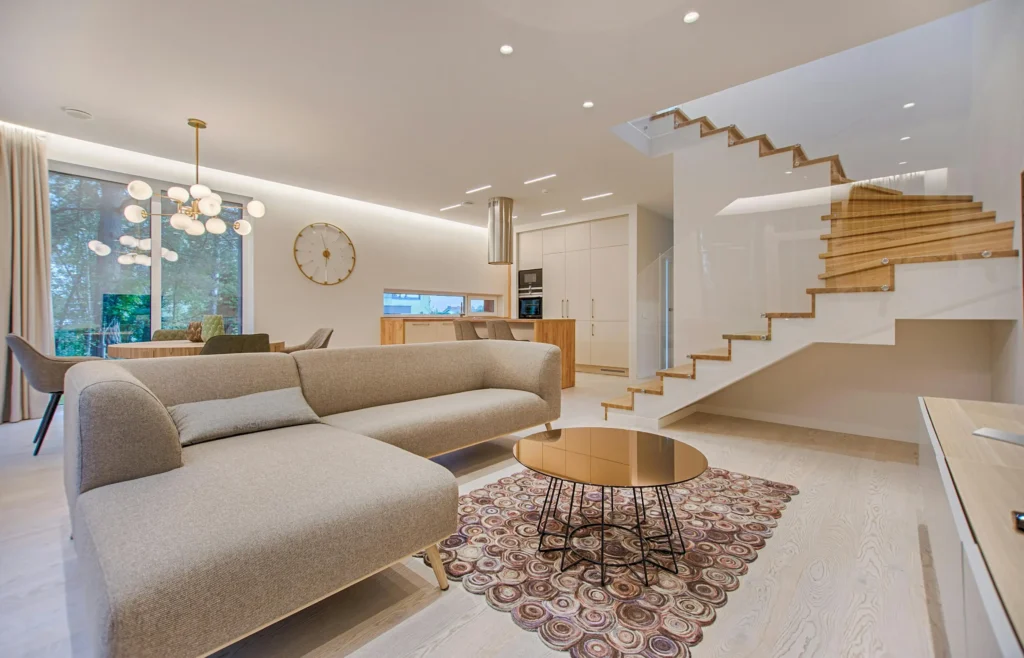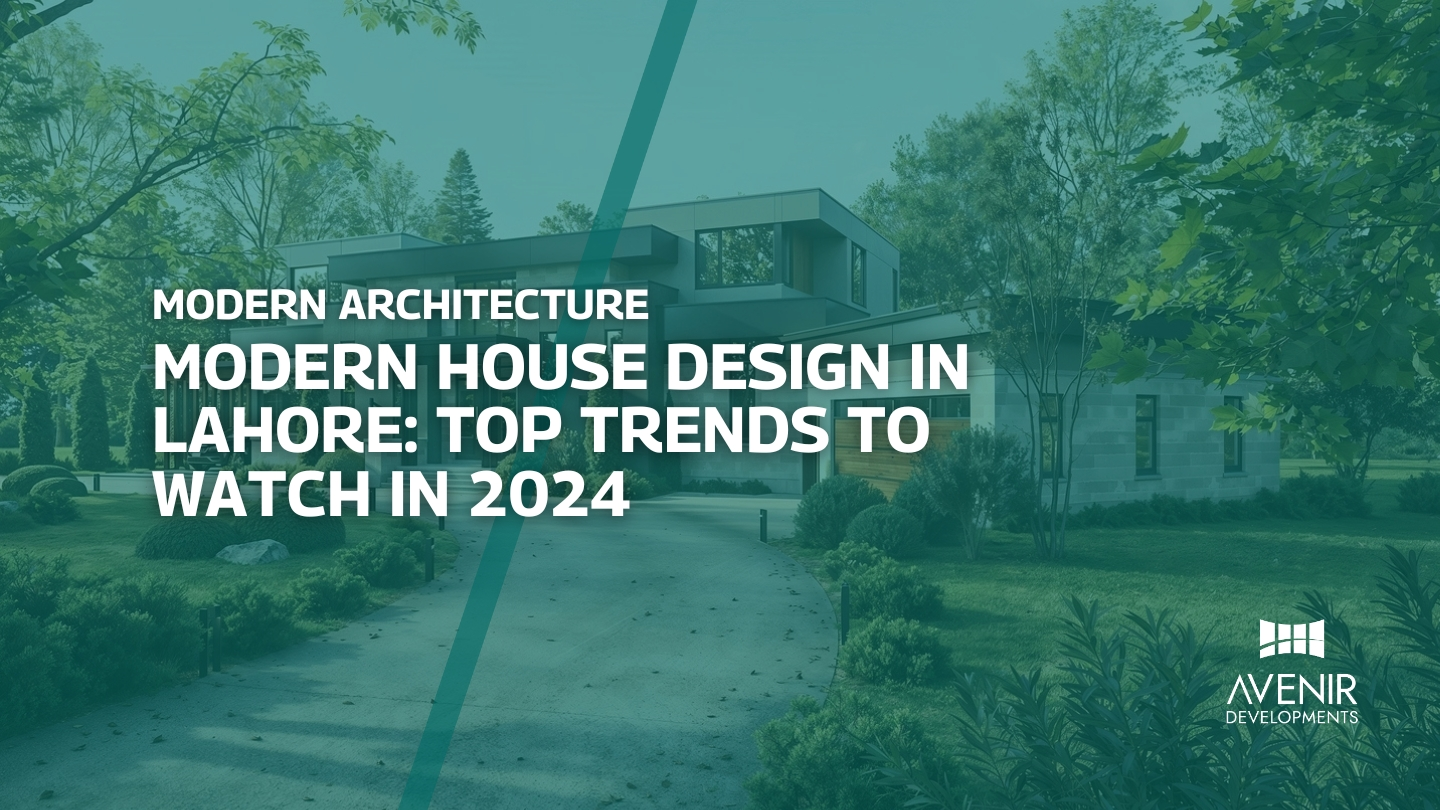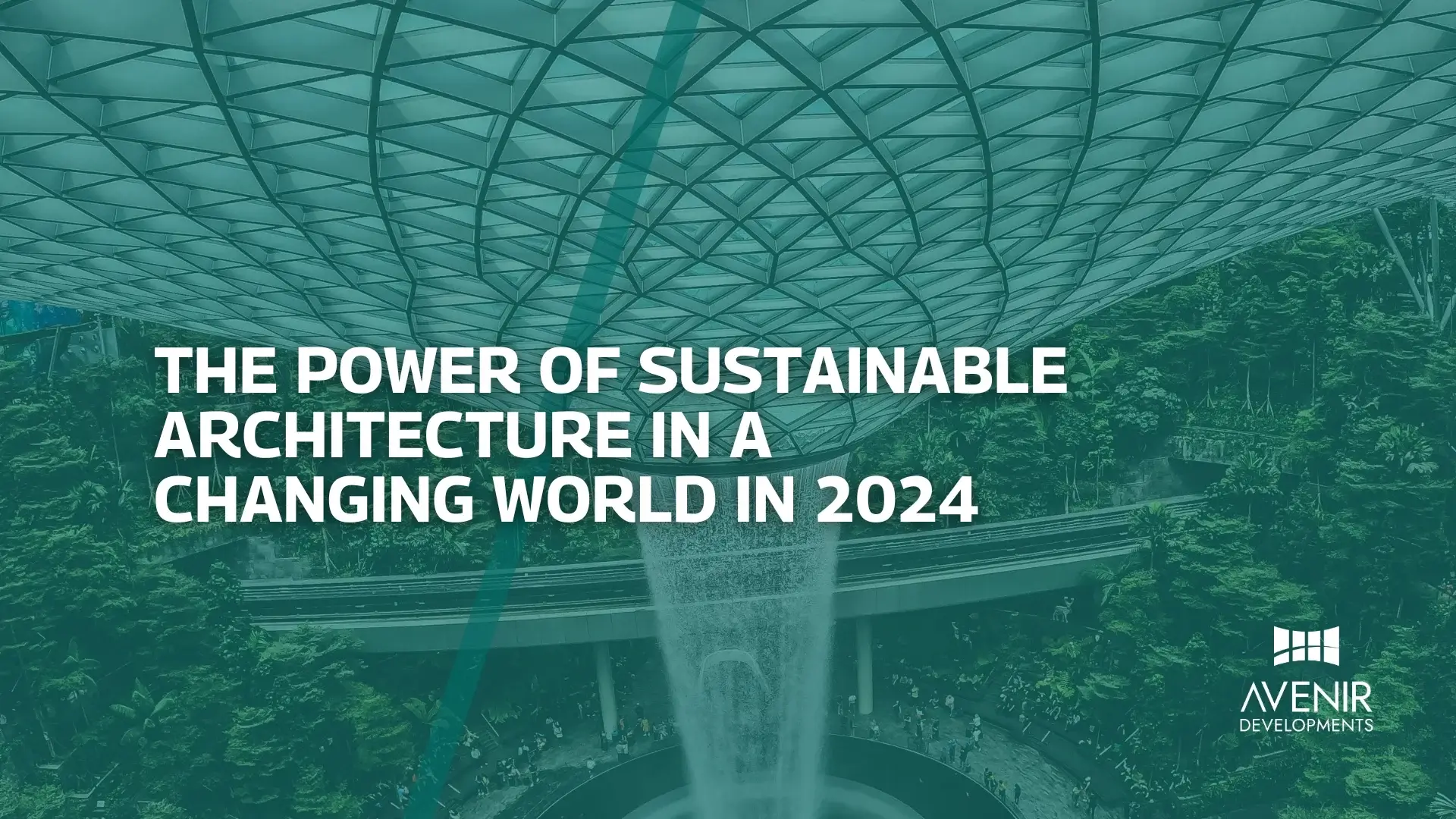In the realm of architectural and modern interior design, the allure of modern aesthetics has captivated homeowners and businesses alike. With its clean lines, minimalist approach, and emphasis on functionality, modern interior design offers a timeless and versatile style that can transform any space. As an experienced architect, interior designer, and custom home builder with over two decades in the industry, I have witnessed firsthand the transformative power of modern design.
Imagine a space that is not only visually stunning but also reflects your personal style and enhances your daily life. Modern interior design can make this dream a reality. In this comprehensive guide, I will delve into the intricacies of this captivating style, providing you with valuable insights, practical tips, and inspiring ideas to elevate your living or working environment.
From understanding the fundamental principles of modern design to exploring the latest trends and incorporating them into your space, this guide will equip you with the knowledge and tools to create a truly exceptional interior. Whether you are renovating your home, designing a new office, or simply seeking inspiration, this comprehensive resource will serve as your ultimate companion.
Get ready to embark on a journey of discovery as we explore the world of modern interior design.
The Evolution of Modern Interior Design
Modern interior design has its roots in the early 20th century, emerging from the modernist movement that sought to revolutionize architecture and design. Influenced by pioneers like Le Corbusier, Mies van der Rohe, and Walter Gropius, modern design embraced clean lines, functional layouts, and a rejection of excessive ornamentation.
Key milestones in the evolution of modern interior design include:
- The Bauhaus School (1919-1933): This influential German design school championed functionalism, simplicity, and the integration of art and industry.
- Mid-Century Modern (1930s-1970s): Characterized by organic shapes, warm colors, and a focus on comfort, mid-century modern became a popular style that continues to influence contemporary design.
- Minimalism (1960s-present): The minimalist movement emphasized simplicity, clean lines, and a focus on essential elements, further shaping the evolution of modern interior design.
Today, modern interior design remains a dominant force in the industry, constantly evolving and adapting to changing trends and preferences. It continues to be celebrated for its timeless appeal, versatility, and ability to create both stylish and functional spaces.
Defining Characteristics of Modern Interior Design
Modern interior design is characterized by several key elements that distinguish it from other styles. These defining characteristics include:
- Minimalism: Modern design embraces a minimalist aesthetic, prioritizing simplicity and eliminating unnecessary clutter. This focus on essential elements creates a clean and uncluttered space that promotes a sense of calm and order.
- Clean Lines and Geometric Shapes: Straight lines and geometric forms are prevalent in modern design, contributing to a sense of order and harmony. This emphasis on clean lines creates a visually pleasing and streamlined aesthetic.
- Neutral Color Palette: Modern interiors often feature a neutral color palette, such as whites, grays, beiges, and blacks. This provides a versatile backdrop that allows for the introduction of accent colors or pops of interest without overwhelming the overall design.
- Natural Materials: The use of natural materials, like wood, stone, and marble, adds warmth, texture, and a connection to nature. These materials can be used in flooring, countertops, furniture, and decorative accents.
- Open Floor Plans: Modern design often favors open floor plans, which create a sense of spaciousness and flow. By eliminating walls and barriers, open floor plans promote a sense of connection and allow for flexible use of space.
- Abundant Natural Light: Modern interiors prioritize natural light, incorporating large windows, skylights, or glass walls to maximize sunlight exposure. This creates a brighter and more inviting atmosphere while reducing the need for excessive artificial lighting.
- Functional Furniture: Modern furniture is designed to be both functional and aesthetically pleasing. Pieces often feature clean lines, simple forms, and versatile designs that serve multiple purposes.
- Smart Technology Integration: Modern design embraces the integration of smart technology to enhance functionality and convenience. This can include features like automated lighting systems, smart thermostats, and voice-controlled devices.
By incorporating these defining characteristics, you can create a modern interior that is both stylish and functional.

Modern Interior Design Ideas for Every Room
Modern interior design can be applied to any room in your home, transforming it into a stylish and functional space. Here are some ideas for incorporating modern design elements into different rooms:
Living Room:
- Open floor plan: Create a sense of spaciousness by removing walls or incorporating glass partitions.
- Neutral color palette: Use shades of white, gray, or beige for a clean and minimalist look.
- Statement furniture: Add a focal point with a bold piece of furniture, such as a sculptural sofa or a statement coffee table.
- Natural materials: Incorporate natural elements like wood, stone, or plants to add warmth and texture.
- Minimalist decor: Keep the decor simple and clutter-free, focusing on essential pieces.
Bedroom:
- Calming colors: Choose soft, neutral colors like light blue, gray, or cream to create a relaxing atmosphere.
- Minimalist bedding: Opt for clean lines and simple patterns for your bedding.
- Natural materials: Use natural materials like wood or linen for furniture and textiles.
- Statement headboard: Make a bold statement with a unique headboard design.
- Minimalist lighting: Install sleek and modern lighting fixtures.
Kitchen:
- Open-concept layout: Combine the kitchen with the dining or living area for a more open and social space.
- Sleek cabinetry: Choose modern cabinetry with clean lines and minimal hardware.
- Stainless steel appliances: Opt for stainless steel appliances for a modern and sleek look.
- Neutral backsplash: Use a neutral backsplash to create a clean and timeless look.
- Under-cabinet lighting: Install under-cabinet lighting for added functionality and a modern touch.
Bathroom:
- Minimalist fixtures: Choose sleek and modern fixtures for your sink, toilet, and shower.
- Large mirrors: Use large mirrors to create a sense of spaciousness and reflect natural light.
- Natural materials: Incorporate natural materials like stone or marble for flooring and countertops.
- Neutral colors: Use neutral colors for the walls and tiles to create a calming atmosphere.
- Modern lighting: Install modern lighting fixtures to add a touch of sophistication.
Office:
- Open floor plan: Create a collaborative and open workspace by removing walls or using glass partitions.
- Minimalist workstations: Choose minimalist workstations with clean lines and ample storage.
- Neutral colors: Use neutral colors for the walls and furniture to create a calming and focused environment.
- Ergonomic furniture: Invest in ergonomic chairs and desks to ensure comfort and productivity.
- Natural light: Maximize natural light by using large windows and skylights.
Remember, these are just a few ideas to get you started. The key to modern interior design is to create a space that reflects your personal style and meets your functional needs.
By incorporating these elements, you can transform your home or office into a stylish and modern space that is both functional and inviting.
Modern Interior Design Tips and Tricks
Here are some additional tips and tricks to help you achieve a modern interior design:
- Declutter and simplify: Remove unnecessary clutter to create a clean and uncluttered space.
- Focus on functionality: Choose furniture and decor that serve a purpose and are practical.
- Use negative space: Leave empty space to create a sense of balance and openness.
- Incorporate greenery: Add plants or greenery to bring nature indoors and create a more inviting atmosphere.
- Mix and match textures: Combine different textures and materials to create visual interest.
- Experiment with lighting: Use different lighting fixtures to create different moods and atmospheres.
- Personalize your space: Add your own personal touches to make the space feel like your own.
Remember, modern interior design is about creating a space that is both stylish and functional. By following these tips and tricks, you can achieve a modern look that is perfect for you.
Modern Interior Design FAQs
Q: What is the difference between modern and contemporary interior design?
A: While both modern and contemporary design share similarities, there are key differences. Modern design refers to a specific historical period (mid-20th century) and is characterized by clean lines, minimalism, and functionality. Contemporary design, on the other hand, is more inclusive and encompasses current trends and styles, often incorporating elements from various design movements.
Q: How can I incorporate modern design into a small space?
A: Modern design is well-suited for small spaces due to its emphasis on minimalism and functionality. Use light colors, mirrors, and open floor plans to create a sense of spaciousness. Opt for multifunctional furniture and declutter to maximize space.
Q: What are some popular modern interior design trends for 2024?
A: Some popular trends for 2024 include:
- Biophilic design: Incorporating natural elements like plants and greenery.
- Earthy tones: Using natural and earthy colors like browns, greens, and blues.
- Geometric patterns: Adding geometric patterns to walls, flooring, or textiles.
- Sustainable materials: Choosing eco-friendly and sustainable materials.
- Smart home technology: Integrating smart devices and automation into your interior design.
Q: How can I add a touch of modern design to a traditional home?
A: Start by incorporating small modern elements, such as a statement piece of furniture, a modern light fixture, or a geometric rug. Gradually introduce more modern elements as you feel comfortable.
Q: What are some common mistakes to avoid when designing a modern interior?
A: Some common mistakes include:
- Overcluttering: Keep the space clean and uncluttered.
- Using too many colors: Stick to a neutral color palette with a few accent colors.
- Forgetting about functionality: Ensure that the space is functional and meets your needs.
- Not paying attention to lighting: Use a variety of lighting fixtures to create different moods and atmospheres.
- Ignoring personal style: Make sure the space reflects your personality and preferences.
Q: How can I find a modern interior designer in Lahore or Islamabad?
A: You can search online for local interior designers who specialize in modern design. You can also ask for recommendations from friends, family, or colleagues.
Modern Interior Design Case Studies
To further inspire you, let’s explore some stunning examples of modern interior design:
1. A Modern Minimalist Apartment in Lahore
This minimalist apartment in Lahore showcases the beauty of clean lines and a neutral color palette. The open floor plan creates a sense of spaciousness, while the minimalist decor allows the natural light to be the focal point.
2. A Contemporary Office Space in Islamabad
This modern office space in Islamabad features a sleek and functional design. The open floor plan promotes collaboration, while the neutral colors create a calm and focused atmosphere.
3. A Luxurious Modern Villa in Lahore
This luxurious modern villa in Lahore combines elegance and functionality. The spacious rooms, high ceilings, and large windows create a grand and inviting atmosphere.
4. A Cozy Modern Apartment in Islamabad
This cozy modern apartment in Islamabad demonstrates that modern design can be both stylish and comfortable. The use of warm colors and natural materials creates a welcoming and inviting space.
5. A Modern Farmhouse in Lahore
This modern farmhouse in Lahore blends contemporary design with traditional elements. The open floor plan and large windows create a connection with the surrounding countryside.
These case studies showcase the versatility of modern interior design and how it can be adapted to different spaces and lifestyles.
Modern interior design offers a timeless and versatile style that can transform any space. By understanding the key principles and incorporating modern elements into your home or office, you can create a stylish, functional, and inviting environment.
Remember, the key to successful modern interior design is to:
- Focus on minimalism and decluttering.
- Use clean lines and geometric shapes.
- Incorporate a neutral color palette.
- Utilize natural materials.
- Create open floor plans.
- Maximize natural light.
- Choose functional furniture.
- Integrate smart technology.
- Personalize your space.
By following these guidelines and drawing inspiration from the case studies presented, you can create a modern interior that reflects your personal style and enhances your daily life.
So, what are you waiting for? Start your journey to a modern and stylish space today!
If you need professional assistance in designing your modern interior, Avenir Developments offers expert services in architecture, interior design, and custom home building. Contact us today to discuss your project +923001101103 and get started.
Read More: Maximalist Interior Design: Unleash Your Inner Designer to Achieve the best result in 2024






